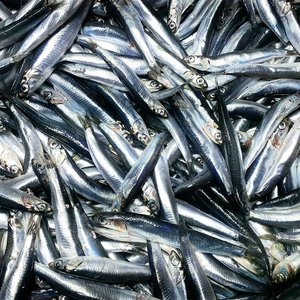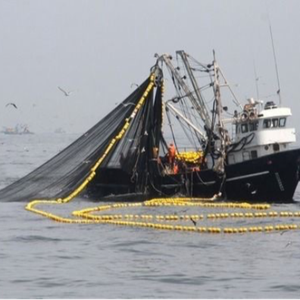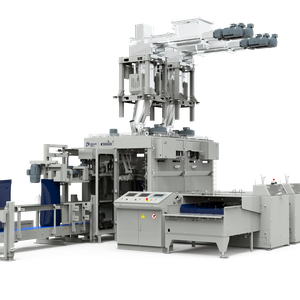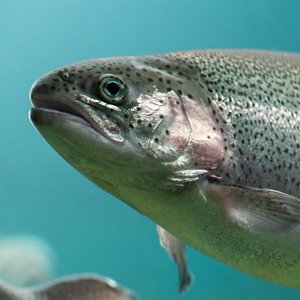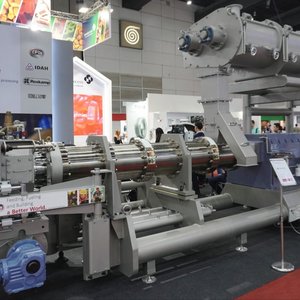No Order Too Small
Recent approvals for AQUAFLOR (florfenicol) for use in catfish and freshwater-reared salmonids have provided much-needed antimicrobial treatments for salmonid and catfish producers, according to Steve Sharon, Fish Culture Supervisor, Wy
However, the Veterinary Feed Directive (VFD) drug classification for AQUAFLOR mandated by the U.S. Food and Drug Administration (FDA) has also created s
“Fortunately, the vast majority of prescribed VFDs typically deal in tons of feed shipped and can easily be filled directly by the feed c
For example, the first VFD order for the Wy
40- or 50- pound increments
After consulting with FDA and the local feed c
Under this arrangement, either a c
According to
Develop an agreement
To bec
It also must establish the feed-distribution point at a location where fish are not reared. The distributor can then ship VFD-medicated feed to another feed distributorship without a VFD order. The distributor must maintain inventory control, original VFDs and supporting documentation for a minimum of 2 years.
As with any VFD drug,
“The development of a feed distributorship provides an opportunity to allocate specific
feed amounts in a short time frame that cannot always be acc
“Also, the opportunity to network with other feed distributors to consolidate or utilize inventories can shorten delivery time if medicated feed is not readily available fr
Further information on VFD procedures and Aquafloror.
AQUAFLOR is a registered trademark of Schering-Plough Animal Health Corporation.
CAUTION: Federal law limits this drug to use under the professional supervision of a licensed veterinarian. Animal feed bearing or containing this Veterinary Feed Directive (VFD) drug shall be fed to animals only by or upon a lawful Veterinary Feed Directive issued by a licensed veterinarian in the course of the veterinarian's professional practice.


